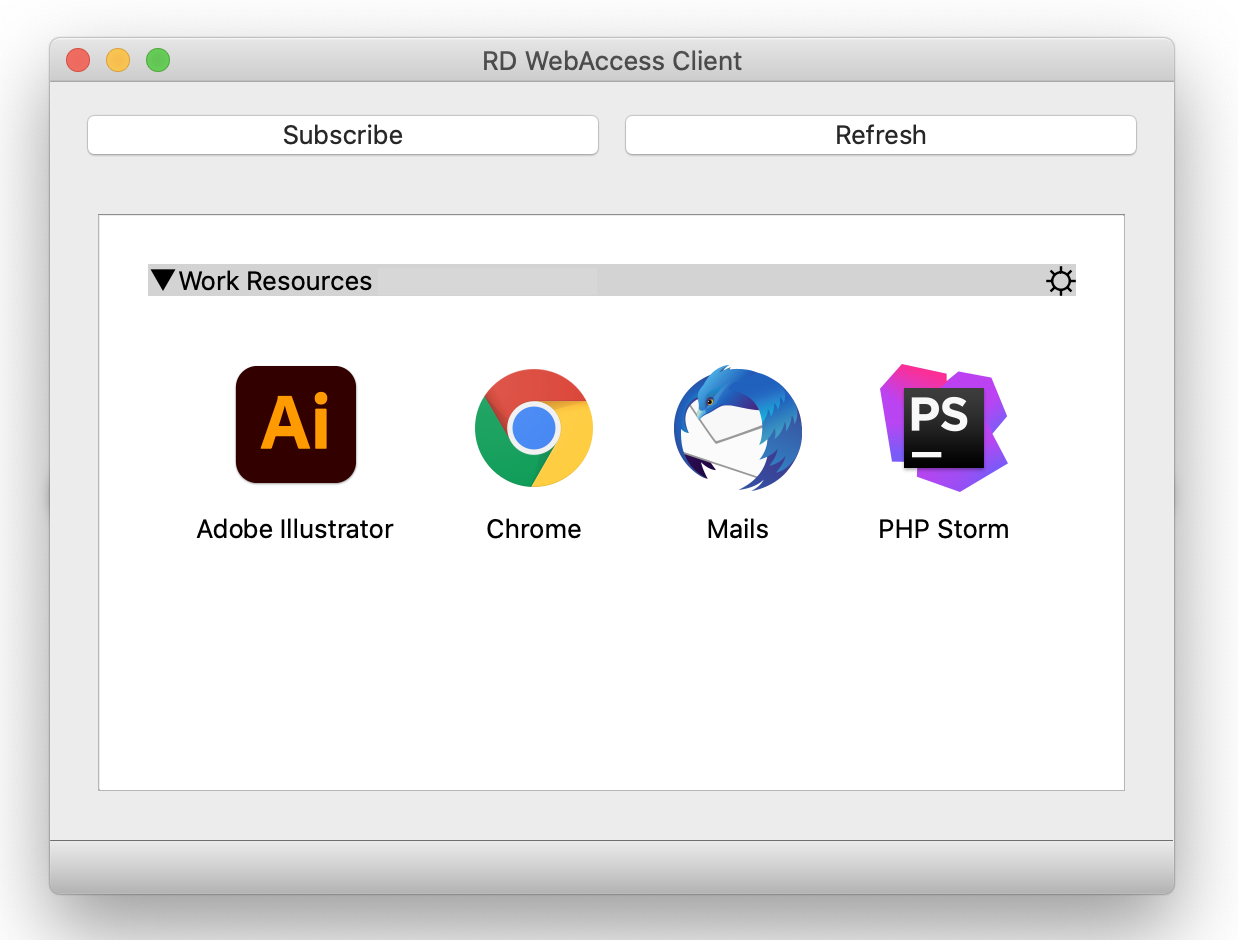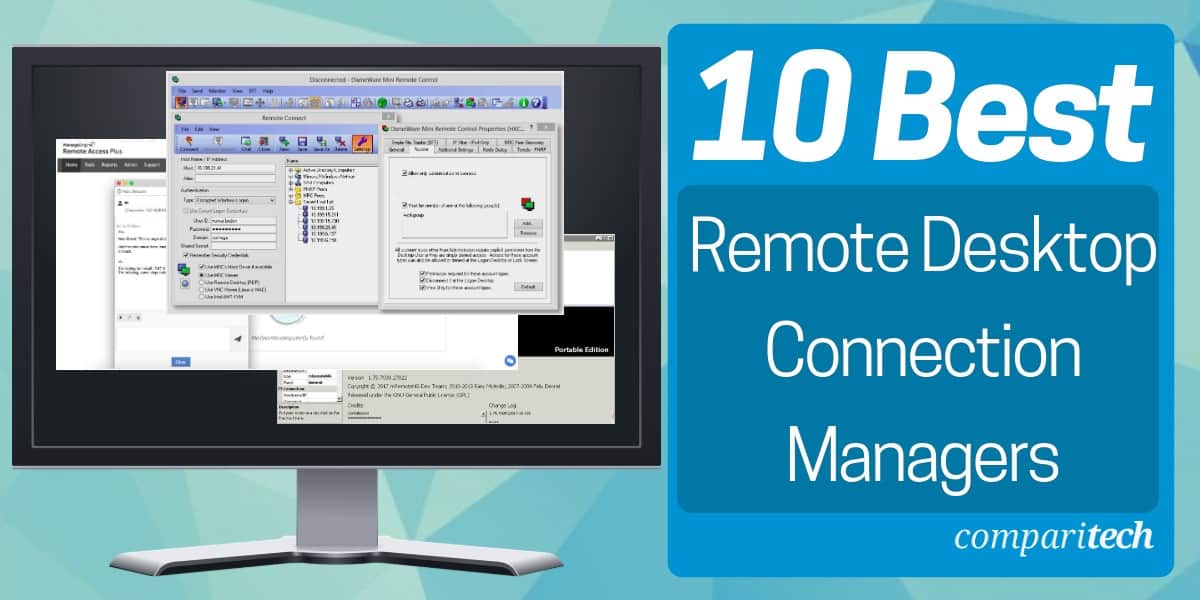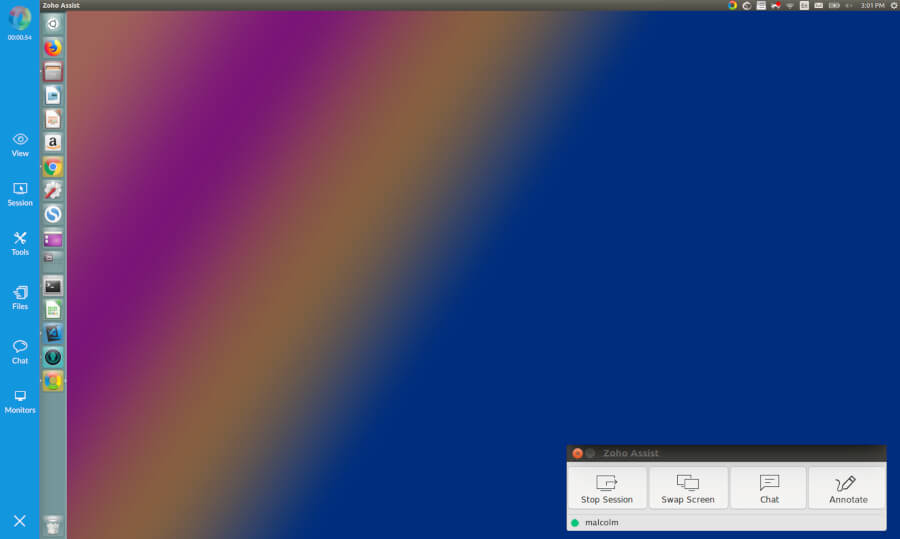
- #Alternative remote desktop client how to#
- #Alternative remote desktop client install#
- #Alternative remote desktop client update#
- #Alternative remote desktop client windows 10#
The client should appear on the test URL that corresponds to your web client URL (for example, Optionally, you can publish the client for testing before official release by running this cmdlet: Publish-RDWebClientPackage -Type Test -Latest Open an elevated PowerShell prompt on the RD Web Access server and run the following cmdlet to download the latest available version of the web client: Install-RDWebClientPackage
#Alternative remote desktop client update#
When a new version of the Remote Desktop web client is available, follow these steps to update the deployment with the new client:
#Alternative remote desktop client how to#
How to update the Remote Desktop web client To see a list of all supported cmdlets for the RDWebClientManagement module, run the following cmdlet in PowerShell: Get-Command -Module RDWebClientManagement To update PowerShellGet, run the following cmdlet: Install-Module -Name PowerShellGet -Force On Windows Server 2016, update the PowerShellGet module since the inbox version doesn't support installing the web client management module. On the RD Web Access server, open an elevated PowerShell prompt. cer file from the RD Connection Broker to the server running the RD Web role.

On the RD Connection Broker server, obtain the certificate used for Remote Desktop connections and export it as a.
#Alternative remote desktop client install#
To install the web client for the first time, follow these steps:

How to publish the Remote Desktop web client

#Alternative remote desktop client windows 10#
Your users will see better performance connecting to Windows Server 2016 (or later) and Windows 10 (version 1611 or later). Make sure that any computers your users will connect to are running one of the following OS versions:.Make sure public trusted certificates are configured for the RD Gateway and RD Web Access roles.Later cumulative updates may already contains this KB. Install the Windows 10 KB4025334 update on the RD Gateway.Make sure your deployment is configured for per-user client access licenses (CALs) instead of per-device, otherwise all licenses will be consumed.Make sure your Remote Desktop deployment has an RD Gateway, an RD Connection Broker, and RD Web Access running on Windows Server 2016 or 2019.What you'll need to set up the web clientīefore getting started, keep the following things in mind: See Using RDS with application proxy services for details. In the future, you can expect even more capabilities, such as the ability to better manage multiple connections.The web client does support using Azure AD Application Proxy but does not support Web Application Proxy at all.

These clients offer increased security, and they are a key part of our engineering roadmap moving forward. Instead, we have two great supported client options: Remote Desktop Connection and Universal Client for Windows 10. However, RDCMan has not kept pace with the level of advanced technology that we're pursuing. RDCMan is a client that is widely used to manage multiple remote desktop connections because it's a convenient option. We're increasing our investments in virtualization and remote desktops, such as Azure Virtual Desktop and RDS on Microsoft Azure. And, we recommend that you use Windows built-in Remote Desktop Connection (%windir%\system32\mstsc.exe) or universal Remote Desktop client instead of Remote Desktop Connection Manager (RDCMan).Īpplies to: Windows 10 - all editions Original KB number: 4512838 More information Virtualization and remote desktops are an important part of your infrastructure and work.


 0 kommentar(er)
0 kommentar(er)
